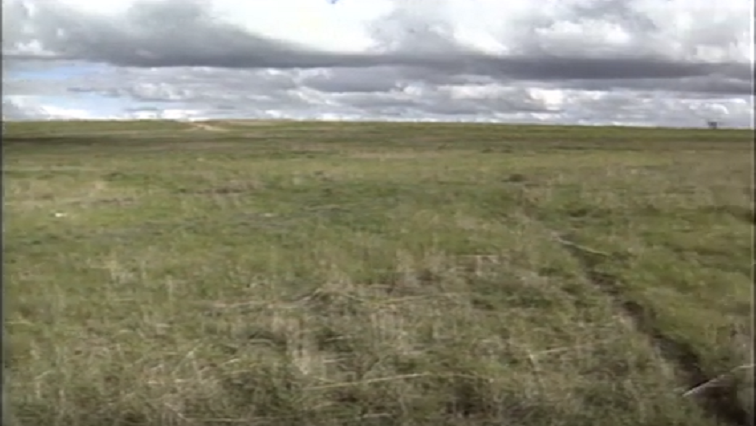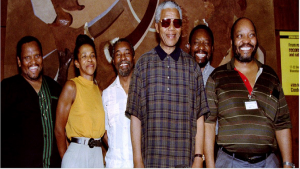This week we shine the spotlight on the Restitution of Land Act 22 of 1994.
Parliament adopted the Act, aimed at correcting past injustices brought about by the 1913 Natives Land Act, on the 8th of November.
This paved the way for millions of South Africans who were forcibly removed from their homes since 19 June 1913 to lodge claims for the return of the land or compensation.
The Land Claims Commission and Land Claims Court were later established to make this a reality.
The Commission dealt with the administration of claims and compensation of those who are returning the land to initial owners, while the Court handled disputes arising out of laws on land reform.
Watch debate on Restitution of Land Act:
Following concerns over the slow pace of redress, the Restitution Act was amended in 1997 to allow claimants direct access to the Land Claims Court. The Rural Development and Land Reform Minister was also authorised to settle claims through talks.
While this somewhat improved things, more still needs to be done to fast-track the process.
So far, only between 6% and 8% of land claims lodged have been settled.
Lack of political will has been blamed for this.
Listen to former President Kgalema Motlanthe’s views on this:
Amid continued growing public discontent over the snail pace of the land reform project, with some blaming the willing-buyer-willing-seller concept, the governing ANC in 2017 took a policy position to expropriate land without compensation.
Parliament in 2018 approved the amendment of Section 25 of the Constitution to allow for this to happen.
The move followed public hearings in all the country’s nine provinces, which were conducted by Parliament’s Constitutional Review Committee.
Watch related video:
President Cyril Ramaphosa has, however, emphasised the need for this to be handled appropriately.
In September 2018, he appointed a land advisory panel to advise the Inter-Ministerial Committee on Land Reform on how best to deal with policy matters related to land reform.
These included areas of redistribution, tenure security and agricultural support.
The panel released its report to the public in July 2019.
It was divided on the need to amend the Constitution and the issue of compensation.
The majority advocated for no compensation in cases of expropriation of land in the public interest.
These include abandoned land, hopelessly indebted land; land owned by state entities and not utilised; informal settlement areas; land obtained through criminal activity and land already occupied and used by labour tenants and former labour tenants.
It also called for a Land Tax Inquiry to consider a rates policy to disincentivise the retention of unproductive landholdings.
Watch advisory panel’s media briefing on the land issue:
While it’s not yet clear when government will respond to the panel’s recommendations, it has assured South Africans of its commitment to see the land returned to the majority of Black people, who are still trapped in squalor and poverty – 25 years after the dawn of democracy.
Watch President receiving the panel’s report:
Background on the 1913 Land Act
The 1913 Natives Land Act legislated already existing racial discriminatory practices of land ownership.
According to the South African History Online, colonialists forced the Black majority off their land through annexation and the division of territory.
Overtime – proclamations were made and laws were enacted by both the Afrikaners and the British to dislodge African people from their land while consolidating areas of White settlement.
By the time the Land Act was enacted, spatial segregation through land dispossession was already in motion.
It barred the Black majority from buying or hiring land in 93% of South Africa. It is also described as having laid the foundation for other legislation which further entrenched dispossession of Black people and segregation later of Coloured and Indian people.
The Act initially confined Blacks to 7% ownership of the land. It was later increased to 13 following the passing of the Native and Land Trust Act of 1936.






